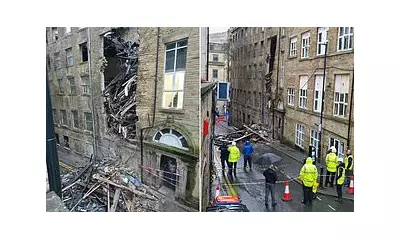
New research has revealed a startling geological reality: New York City is gradually sinking under the colossal weight of its own urban landscape. The study, published in Earth's Future journal, suggests the city's famous skyline may be its own worst enemy.
The Weight of a Metropolis
Scientists have calculated that the sheer mass of New York's more than one million buildings—totalling approximately 1.68 trillion pounds—is causing the city to subside at an average rate of 1-2 millimetres per year. While this might seem minimal, the cumulative effect poses significant long-term challenges for a coastal city already facing rising sea levels.
Geological Vulnerability
The research highlights how different areas are sinking at varying rates, depending on their underlying geology. Manhattan skyscrapers built on bedrock are relatively stable, while structures in other boroughs constructed on softer soils and artificial fill are experiencing more pronounced subsidence.
Compounding Climate Threats
This gradual sinking amplifies the threat from climate change-related sea level rise. Professor Tom Parsons of the US Geological Survey, the study's lead author, warned that 'the combination of tectonic and anthropogenic subsidence, sea level rise, and increasing hurricane intensity imply an accelerating problem along coastal and riverfront areas'.
Global Implications
New York isn't alone in facing this urban challenge. The study serves as a cautionary tale for other coastal megacities worldwide experiencing similar subsidence issues, including major urban centres in Europe and Japan.
Future-Proofing the City
The findings underscore the urgent need for:
- Enhanced flood protection systems
- Strategic urban planning that considers geological factors
- Investment in resilient infrastructure
- Comprehensive climate adaptation strategies
As cities continue to grow upward and outward, understanding their geological footprint becomes increasingly crucial for long-term sustainability and safety.





